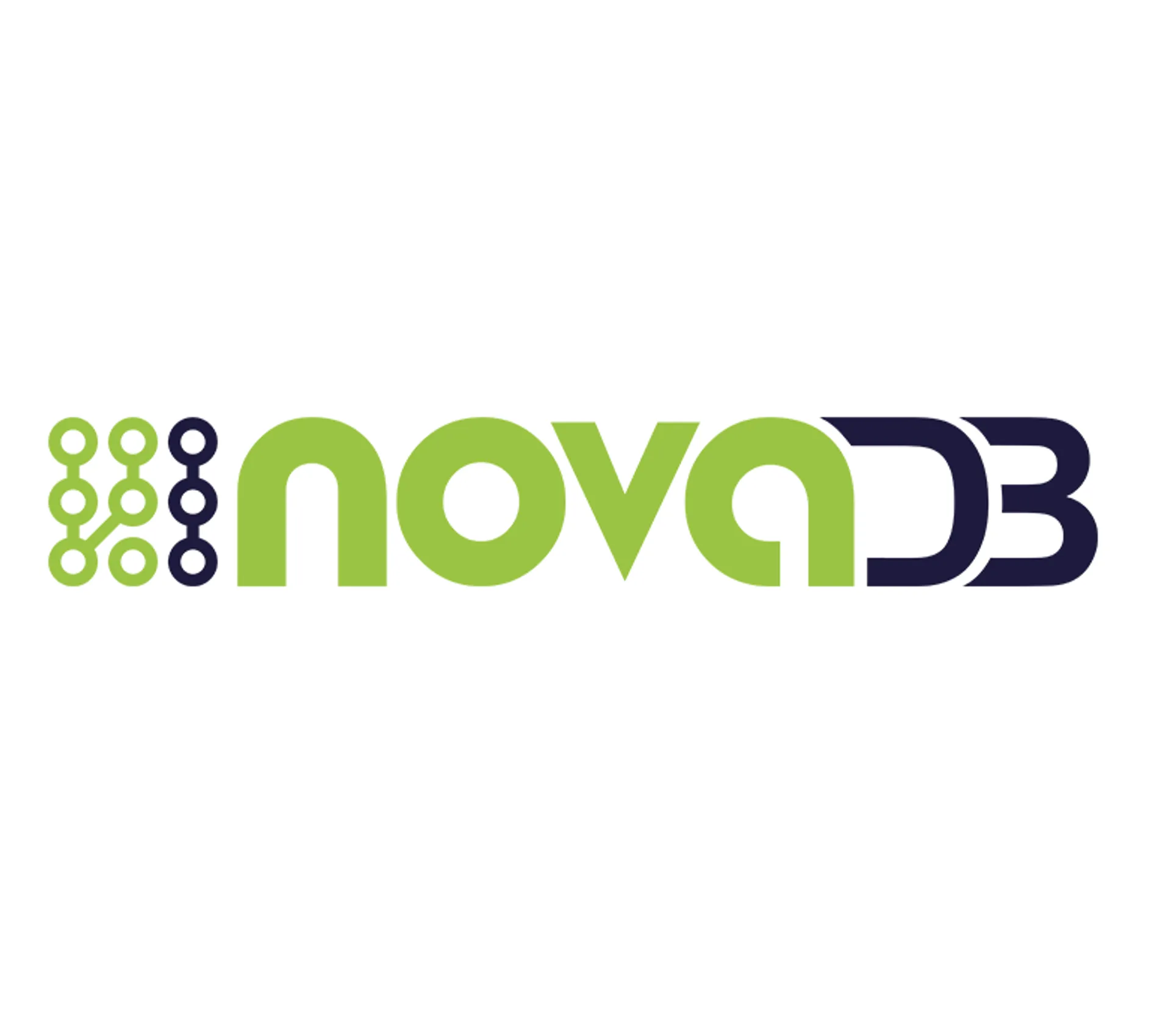Mastering Product Information Management: Best Practices for Success
.jpg)
In today's fast-paced, data-driven business environment, Product Information Management (PIM) has become essential for managing and delivering consistent, accurate product data across multiple channels. By adopting best practices in PIM, businesses can enhance their operational efficiency, improve customer experiences, and maintain their competitiveness in an increasingly digitized business environment.
Understanding PIM: The Foundation
Product Information Management (PIM) refers to the systems and processes businesses use to centralize, manage, and distribute product data. A well-executed PIM strategy is vital for ensuring that product information is accurate, up-to-date, and accessible to all stakeholders, helping streamline workflows and foster better collaboration across departments.
Why the Best Practices Matter in PIM
Without an effective PIM strategy, businesses frequently encounter challenges such as data silos, inconsistencies, and inefficiencies. These issues can lead to delays, errors in product listings, and a fragmented customer experience. By following PIM best practices, companies can realize numerous benefits, such as improved operational efficiency, enhanced customer satisfaction, and more informed decision-making.
Key Strategies for Effective Product Information Management
Centralize Your Product Data
Having a single, unified source of truth for all product information is essential for consistency and accuracy. A centralized PIM system allows businesses to manage product details in one place, reducing errors and ensuring that everyone in the organization is working with the same data. This requires integrating data from various sources—such as suppliers, internal systems, or other departments—into a robust PIM solution to ensure streamlined access and data integrity.
Train and Prepare Your Team
For PIM to be effective, it’s crucial that employees and stakeholders are aligned on its purpose and usage. Provide comprehensive training to ensure that everyone understands how to use the PIM system, how to input data correctly, and how to access and distribute information. A trained team minimizes errors, enhances data consistency, and improves cross-departmental collaboration.

Ensure Data Accuracy and Completeness
Accurate and complete product data is fundamental to effective PIM implementation. Inaccurate or missing information can result in customer dissatisfaction and operational inefficiencies. Regularly audit your data to maintain accuracy and ensure that all product attributes are included. Establish processes to continually update and verify product information, making sure it remains reliable and trustworthy across all platforms.
Adopt a Consistent Taxonomy and Categorization
A well-structured product hierarchy and standardized attributes play a pivotal role in organizing product information efficiently. Establishing a consistent taxonomy ensures that products are categorized properly, making it easier to search and access product data. A clear and uniform categorization system helps both internal teams and customers find what they need quickly and accurately, enhancing the overall user experience.

Enable Multichannel Distribution
In today’s omnichannel world, it's vital to distribute product data seamlessly across various sales channels, including websites, marketplaces, and physical stores. A PIM system with multichannel functionality ensures that product information remains consistent across all touchpoints. By using API-based PIM systems, businesses can enable real-time updates, ensuring that any changes to product data are reflected instantly across all platforms, improving accuracy and customer satisfaction.
Integrate with Upstream and Downstream Systems
For a seamless and efficient ecosystem, integrate your PIM system with upstream systems like ERP and CRM, as well as downstream platforms such as CMS and e-commerce solutions. This integration ensures a seamless flow of product data, reducing the risk of inconsistencies. Real-time synchronization between systems is key to maintaining up-to-date information, preventing errors, and improving decision-making.

Invest in Scalability and Flexibility
To ensure long-term success, it's crucial to choose PIM solutions that are built for growth and can easily adapt to evolving market demands. As your business expands, the volume of product information and the complexity of distribution will likely increase. PIM systems with a modular architecture enable easy scaling, allowing new features to be added or integrations with other systems as required Additionally, an API-first approach ensures seamless integration with existing and future technologies, offering flexibility as your business evolves and enters new markets.
Prioritize Data Governance and Security
Effective data governance is essential to maintain control over product information and safeguard sensitive data. Establishing clear roles and permissions for team members involved in data management helps prevent unauthorized access and ensures accountability. It's also critical to align your PIM practices with data privacy regulations, such as GDPR or CCPA, to avoid legal risks. Implementing security protocols, including encryption and regular audits, protects your product data from cyber threats and ensures compliance with relevant industry standards.
Enhance Collaboration Across Teams
PIM isn't just a tool for managing product data—it also serves as a central hub that fosters collaboration across departments. Encouraging alignment between marketing, IT, product development, and customer support teams is essential for delivering consistent and accurate product information. A well-implemented PIM system streamlines workflows, reduces duplication of efforts, and ensures that all departments have access to the most up-to-date information. Using PIM to manage approval processes ensures faster decision-making and reduces bottlenecks that can delay time-to-market.
Set Up Workflows for Data Approval and Maintenance
Establishing clear workflows for product data entry, review, and approval is essential for maintaining the quality and accuracy of your product information. Clearly defined roles and responsibilities in these workflows help prevent errors and ensure that all critical data is accounted for. Regularly auditing your product data for outdated or irrelevant information and archiving it systematically helps keep your PIM system clean and efficient. A well-maintained database ensures that only accurate, relevant data is shared with your customers, improving the overall experience.
Optimize for Localization and Globalization
As businesses expand internationally, it’s essential to adapt product information to meet the needs of diverse regions, languages, and cultural preferences. Localization involves more than just translating text—it requires tailoring product descriptions, images, and specifications to resonate with local markets. A PIM system that supports localization and globalization ensures that product data can be easily customized and distributed across various markets, helping your business connect with customers worldwide.
Leverage Automation and AI Tools
Automation is key to reducing manual errors and enhancing operational efficiency. By automating repetitive tasks such as data entry, validation, and updating, businesses can free up valuable time for teams to focus on more strategic initiatives. Additionally, AI tools can provide valuable insights through predictive analytics, helping to identify trends, forecast demand, and enhance product content. AI-powered tools help optimize product data by identifying relevant keywords, product attributes, and even generating descriptions based on consumer preferences and search behavior.

Tools and Technologies to Support PIM Best Practices
When selecting the right PIM solution, it's essential to evaluate several key criteria. Look for tools that offer robust data management capabilities, seamless integration with other business systems, and support for both structured and unstructured data. Consider solutions that provide intuitive user interfaces and scalability to accommodate future growth. Additionally, ensure that the PIM system aligns with your business goals and offers flexibility to adapt to changing requirements. A comprehensive, user-friendly platform will help you streamline operations, enhance collaboration, and deliver consistent, accurate product information across all touchpoints.

Conclusion
Implementing effective Product Information Management (PIM) practices is vital for businesses striving to deliver accurate, consistent, and timely product data across various sales channels. By prioritizing scalability, data management, cross-departmental collaboration, and automation, companies can develop a PIM strategy that meets current requirements while positioning them for future success in an evolving digital landscape.
